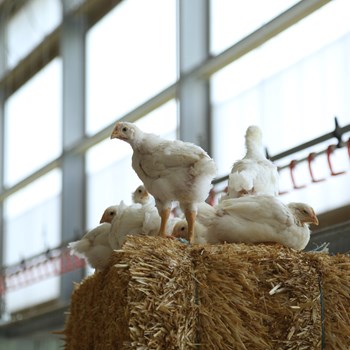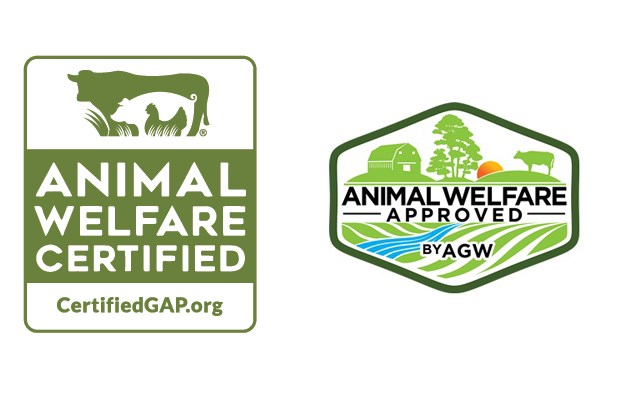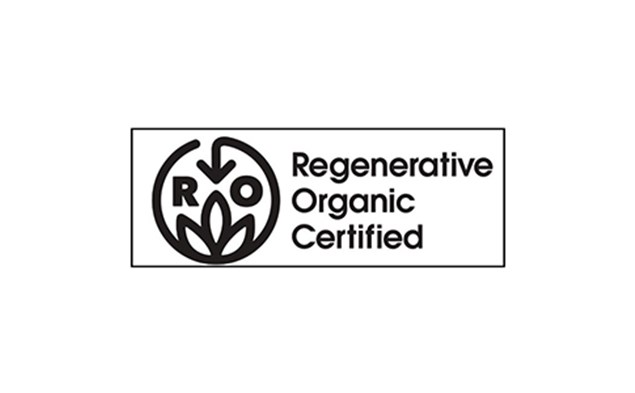Do you buy chicken and care about animal welfare?
If so, there’s a lot you need to know about how chickens are reared that will help you make informed choices when you’re shopping, eating out or grabbing your favorite meal to go.
Whether you eat meat or abstain, we’d like to tell you about why Better Chicken is so important and how you can support it.
To learn more about which companies support Better Chicken, review our ChickenTrack report to see which leaders value chicken welfare.
Once you know why Better Chicken matters, share it with your family and friends.
You have the power to give chickens a better life - choose higher welfare chicken and swap ingredients to create a plant-forward plate.
JOIN US... AND BE PART OF THE MOVEMENT FOR GOOD!
Making life better for millions – actually, billions – of chickens

WHAT IS BETTER CHICKEN?
Over 9 billion chickens are raised for meat in the United States every year, making them the animals farmed most on land. These barns are dark and overcrowded and filled with feces, leaving birds blind with respiratory issues. Central to this issue is how fast these animals grow – in the short six weeks of their lives, these birds will grow at a rate that’s similar to if a three-year-old human weighed 300 pounds. This animal cannot walk or even stand up, leaving them to live a life laying in filth or prematurely die because of organ failure. Better Chicken is chicken that comes from higher welfare farms, where the birds are healthy, and have a clean enriching environment to live. Central to Better Chicken is slower-growing genetic breeds where birds can mature to a healthier weight, giving them more opportunity to do what's natural to them like perching, pecking, scratching and even playing. Allowing the chickens to lead happier lives!

What can you do to support better chicken?
If you buy chicken, carefully check the label to see what kind of life the bird had. Use our Learn the Labels guide to understand what labels and claims mean for chickens.
It’s important to look for recognized higher welfare labels such as Animal Welfare Approved by A Greener World, Regenerative Organic Certified by the Rodale Institute, or Better Chicken Project Certified under the Global Animal Partnership program.
Phrases such as "trusted farms," "humanely raised," "butcher’s choice," or "reared with care" do not have a legal definition you can rely on. In addition, beware of "cage-free chicken" in the U.S. Most chickens raised for meat in the U.S.A. are not raised in cages, so while true, this term is not truly meaningful.
If you cannot find these labels in store, ask the store manager about the welfare standards for their chicken and request slower-growing chicken. Always CHOOSE BETTER CHICKEN!




You can view our handy Compassionate Food Guide and take it with you when you're shopping!
You can also support companies that have pledged to introduce BETTER CHICKEN welfare through the Better Chicken Commitment.
If you choose to opt for more plant-based foods, this will help to reduce the demand for chicken that fuels the most intensive, low-welfare farming systems. Plant-forward meals are better for your health and the environment too!
5 facts about chickens - How much do you know?
- Chickens are the closest living relative of the Tyrannosaurus Rex
BUT unlike the mighty T-Rex, known for its strength, many chickens reared for meat are bred to grow so big so fast that their legs cannot support their weight. This accelerated growth weakens their immune systems and results in conditions such as heart defects, organ failure and muscle diseases. - Chickens can live to be 7 or 8 years old. The oldest recorded chicken, called Peanut, lived to 21 years old!
BUT in standard production systems, most chickens are slaughtered as early as 47 days - less than two months from birth. - Chickens are intelligent! They can count, use geometry and remember 100 different faces!
BUT in conventional production systems, chickens rarely see the light of day, living in dimly lit barns with nothing to do. This lack of enrichment leaves them bored and disengaged. - Chickens can run up to 9 miles per hour and love to flap their wings
BUT in typical production systems, chickens endure their entire lives in overcrowded barns where they are packed closely together, consistently vying for space, and unable to perch, peck, or engage in natural playful behaviors. - Chickens are sentient beings. They can feel fear, distress and pain
BUT in standard slaughterhouses, they undergo a terrifying process where they are suspended upside down by their feet in shackles before being subjected to an electrified water bath which is not always effective in stunning them before slaughter. Better Chicken aligned with the BCC ensures birds have a much more humane end of life.



